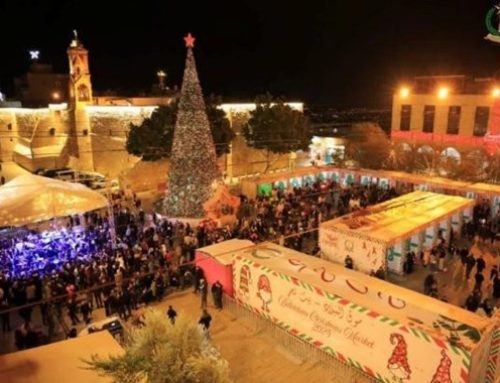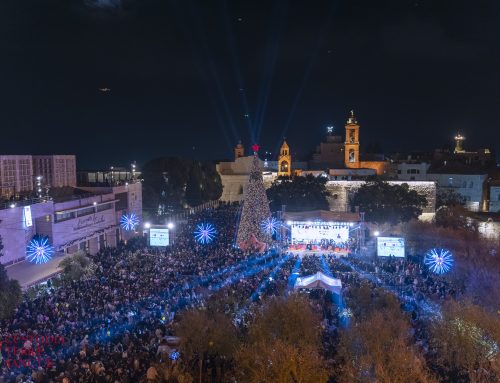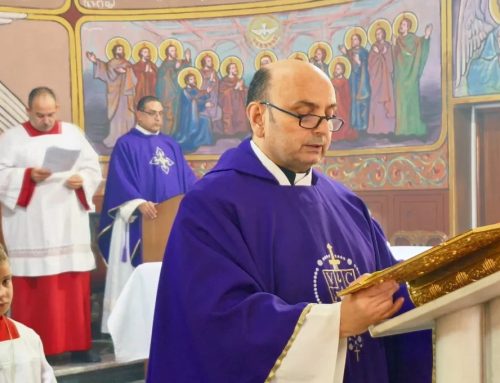Cairo – In Egypt the process of “legalization” of Christian places of worship built in the past without the necessary permits is proceeding at a fast pace. In recent days, the ad hoc governmental committee set up to subject churches to controls has confirmed that it has verified the compliance of 88 Coptic churches regarding the requirements for their “legalization”.
To date, 1109 churches and buildings annexed to them have been screened and regularized by the ad hoc Committee. The verification and regularization process began with the approval of the new law on construction and site management of worship, ratified by the Egyptian Parliament almost three years ago, on 30 August 2016.
The churches subjected to scrutiny by the ad hoc governmental committee are above all those built before the new law on the construction of Christian buildings of worship came into force (see Fides, 7/3/2019). The Committee is in charge of verifying whether thousands of Christian churches and places of prayer built in the past without the required authorizations meet the standards established by the new law. Verification is usually resolved in the regularization of places of worship.
In recent decades, many churches and chapels had been built spontaneously, without all the necessary authorizations. Even today, these buildings, built by local Christian communities without legal permits, continue from time to time to be used as an excuse by Islamist groups to foment sectarian violence against Christians.
The law on places of worship in August 2016 represented an objective step forward for the Egyptian Christian communities with respect to the so-called “10 rules” added in 1934 to Ottoman legislation by the Ministry of the Interior, which prohibited, among other things, the construction of new churches close to schools, canals, government buildings, railways and residential areas. In many cases, the strict application of those rules had prevented the construction of churches in cities and towns inhabited by Christians, especially in rural areas of Upper Egypt.






